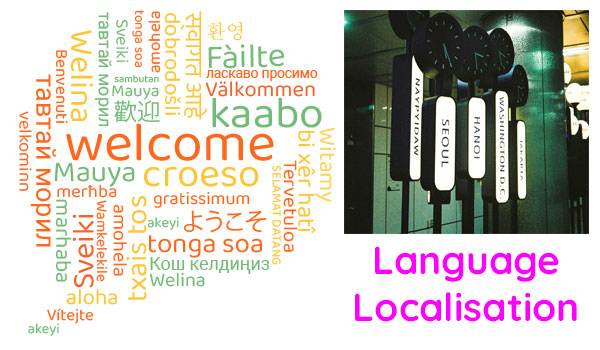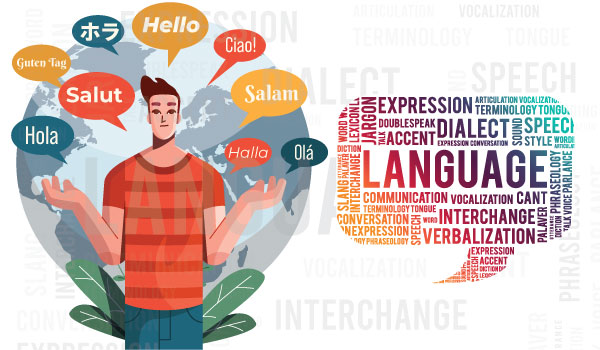The process of modifying a product or service to satisfy the linguistic, cultural, and other needs of a particular target market or location is known as localization. This procedure is essential for making sure a good or service connects with the target market, provides a smooth user experience, and maximizes its potential influence in a variety of international markets.
The following are important factors to take into account when localizing:
Language Translation: This is the fundamental component of localization. To do this, all text elements in a product—including marketing materials, error warnings, user interface elements, and help documentation—must be translated into the target language or languages of the location.
Cultural Adaptation: Beyond simple translation, localization entails modifying information to accommodate the target audience's cultural conventions, preferences, and sensitivities. This can entail altering visuals, symbols, hues, and even design components to conform to regional traditions and norms.
Date and Time Formats: Date and time formats differ by region (e.g., DD/MM/YYYY vs. MM/DD/YYYY). The process of localization guarantees that these formats are suitably modified to conform to the customs of the intended locale.



